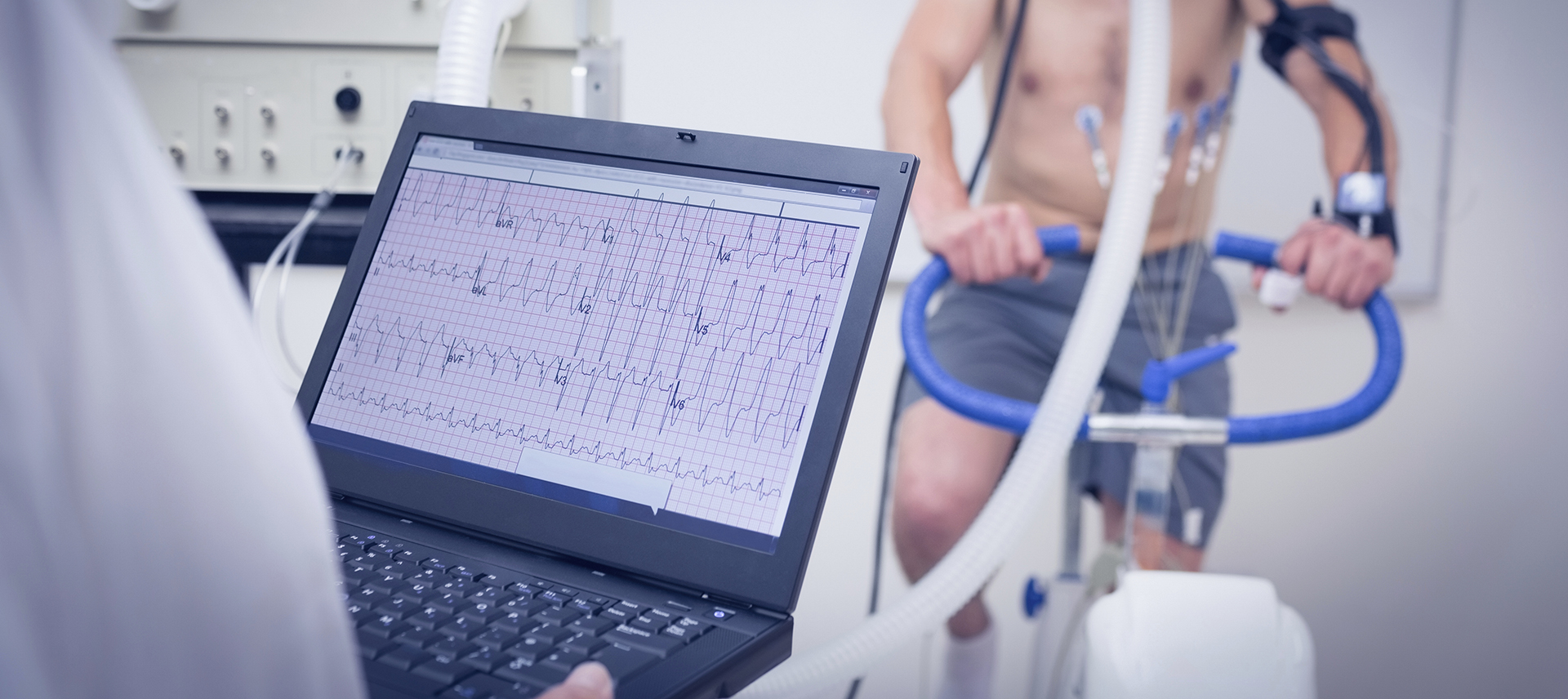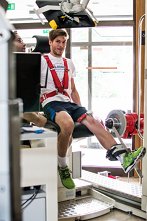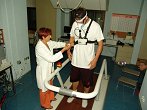Regular moderate physical activity has numerous recognized health benefits, including the prevention of non-communicable diseases and the improvement of cardiovascular function, which reduces morbidity and mortality from cardiovascular diseases. In contrast, elite sports increase the risk of injuries and illnesses due to overtraining, which can lead to prolonged absences from training, reduced quality of life, and even the end of a sports career. A study among former Slovenian top athletes found that sports injuries were one of the main reasons for ending their careers. Health problems related to sports also incur significant treatment costs, with approximately 40% of health benefits associated with sports being lost due to injuries. Health problems can largely be prevented with appropriate strategies, such as exercise interventions and load management. The epidemiology of health problems is the first step in their prevention process. It involves systematic monitoring of injuries and illnesses over time, which forms the basis for implementing targeted measures to prevent health problems. The health monitoring system includes continuous prospective collection and analysis of data related to injuries and illnesses, allowing the determination of risks associated with sports participation, measurement of injury trends, and assessment of the effectiveness of preventive measures. Systematic monitoring also provides data for identifying sports with high and low risks, including the most common and serioussport-specific injuries.
The project will be carried out in six main phases with work packages. One of the main objectives of this research project is to determine the extent of the injuryproblem by identifying the incidence and severity of injuries in various sports. A one-year epidemiological study will monitor health problems in team sports such ashandball, basketball, volleyball and football, as well as individual sports such as track & field, skiing and tennis. The Slovenian version of the Oslo Sports TraumaResearch Center questionnaire on health problems (OSTRC-H2-SLO), which has been previously validated, will be used to accurately monitor the health problems ofathletes. The collected data will be analyzed to assess the prevalence, incidence, and severity of individual health problems based on sports discipline, age, gender, andcompetition level. Based on the research, a report on typical injuries by sports discipline, gender, and age will be prepared, along with a literature review of the mostimportant risk factors for injuries and illnesses. Several round tables with various stakeholders will be conducted to disseminate the results and assess the current useof injury prevention programs. Existing injury prevention programs for athletes will also be reviewed. In the final step, all project results (epidemiological study, riskfactor review, prevention strategy review, and research on usage of prevention strategies) will be analyzed and consolidated. Together with experts from various fields(kinesiology, medicine, nutrition, psychology), recommendations for an interdisciplinary approach to preventing health problems in sports will be prepared. The project will have a direct impact on improving the health care of athletes by preparing interdisciplinary recommendations for the prevention of health problems.Involvement of experts from different fields (kinesiology, medicine, nutrition, psychology) will contribute to a comprehensive approach to managing risk factors forinjuries and illnesses in sports. The project's results will help shape new injury prevention programs, improve athletes' health care, reduce healthcare system costs, andraise awareness of the importance of monitoring and preventing health problems.



































.png)